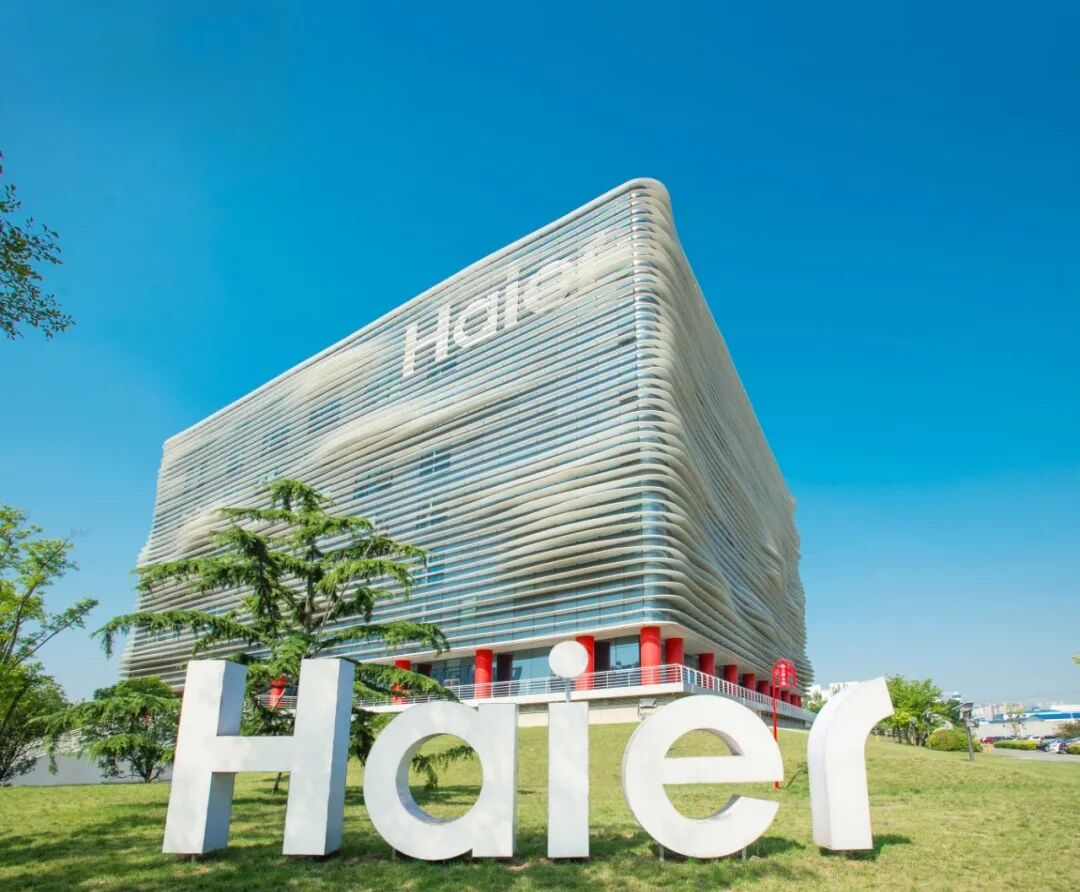
Introduction by Lishi
Whether it is matching the strategic choices of the IoT era or building a new business entity that is inclusive and sustainable, maximizing human value has propelled Haier to become the most profound thinker and the most steadfast practitioner of the IoT ecological brand strategy, ultimately setting a “milestone” for the evolution of global enterprises in the IoT era.
Written by Gary | Edited by Zhang Junzhi
1
The annual International Forum on the Human-Unit Integration Model is a rare feast of business thought.
This year was no exception. On September 20, at the “Fourth International Forum on the Human-Unit Integration Model” held in Qingdao, Shandong, hundreds of global experts, scholars, and entrepreneurs, including Gary Hamel, a visiting professor at London Business School and founder of MLab Management Lab, Steve Danning, former Knowledge Management Director of the World Bank, and Zhang Ruimin, Chairman and CEO of Haier Group, shared, discussed, and witnessed the latest theories and practical achievements of management paradigms in the IoT era under the theme of “Self-Creation and Co-Evolution”.
However, the most eye-catching aspect of this year’s forum was the release of the “IoT Ecological Brand White Paper” by Kantar, in collaboration with the Saïd Business School at the University of Oxford and Haier Group.
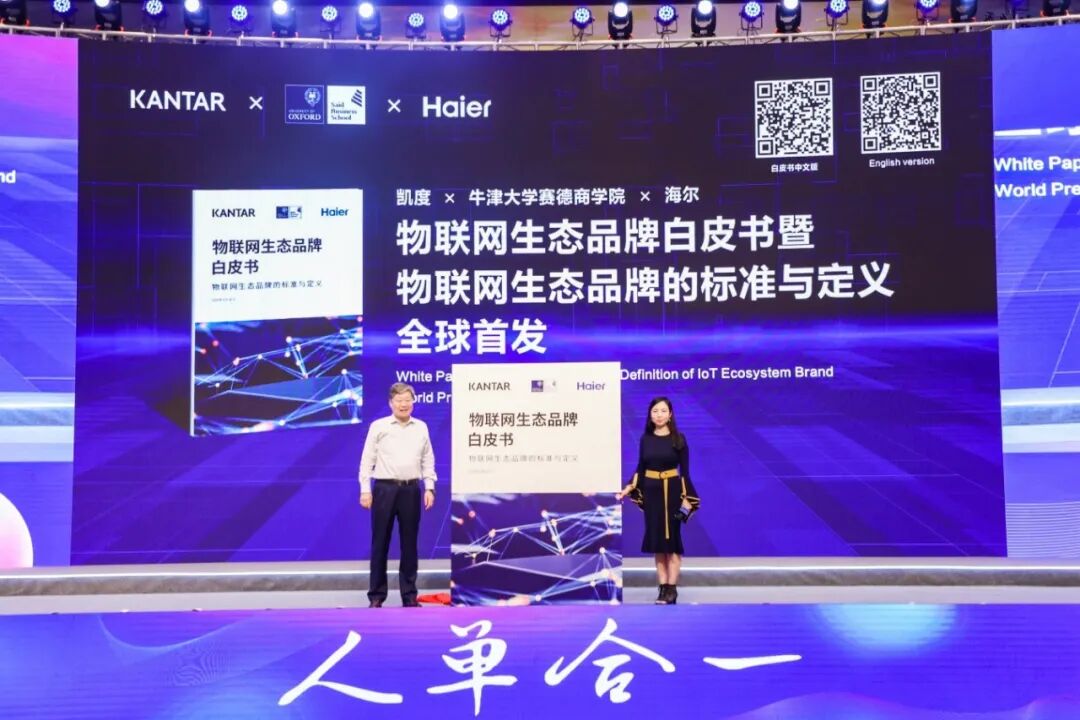
The term “ecology” has been popular in the business world for a long time. Many well-known companies, such as Amazon, Apple, Microsoft, Alibaba, Haier, Tencent, and Huawei, define their innovative practices as ecological. However, the specific connotations of ecology vary greatly among these companies.
So, is there a universal definition and standard for “ecology”? Most companies lack systematic thinking on this, and the business community currently lacks a set of methodologies and tools to guide enterprises in ecological brand building.
On September 20, the “IoT Ecological Brand White Paper” (hereinafter referred to as the “White Paper”) released by Kantar, the University of Oxford, and Haier Group provided a clear definition and evaluation standard for IoT ecological brands for the first time.
The successful launch of the White Paper was not only due to the continuous observational research by Kantar and the University of Oxford but also relied heavily on Haier’s systematic thinking and concrete practices regarding IoT ecological brands. It is this practice that led Kantar and Oxford to focus their research on Haier.
Our question is: Why Haier and not others?
2
On May 10, 2018, Zhang Ruimin, Chairman and CEO of Haier Group, first proposed the concept of IoT ecological brands.
On December 26, 2019, Haier Group officially entered its sixth strategic phase—the ecological brand strategy phase.
Kantar Consulting and the Saïd Business School at the University of Oxford began their research on this new brand paradigm after gaining deep insights into the trends of the times and observing Haier’s innovative practices.
Therefore, exploring the underlying logic of Haier’s innovative practices can help us better understand the IoT ecological brand and the path to leadership in the new era.
-
Questions from the Era and Users
Founded in 1984, Haier has navigated countless rapids and dangers over the past 36 years. Today, it not only shows no signs of decline but instead exhibits increasingly powerful momentum.
Currently, Haier Smart Home, a subsidiary of Haier Group, owns seven global product brands: GE Appliances (USA), Candy (Italy), AQUA (Japan), Fisher & Paykel (Australia), as well as Haier, Casarte, and Leader. The Caos Industrial Internet platform leads the formulation of global standards for mass customization in three major international standard organizations: ISO, IEEE, and IEC. Additionally, RRS has consistently ranked on the Hurun Global Unicorn List, with a valuation reaching billions; furthermore, there is the Haichuanghui, an accelerator platform open to global entrepreneurs, which is the first officially certified gazelle unicorn enterprise accelerator in the country…
How has Haier achieved these pioneering accomplishments?
When we correlate these achievements with Haier’s various strategic phases, including brand strategy, diversification strategy, internationalization strategy, globalization brand strategy, and networking strategy, we can identify a common thread behind its strategic iterations: always based on insights into future trends and making corresponding layouts in advance.
This aligns with what Zhang Ruimin, Chairman and CEO of Haier Group, often says: there are no successful enterprises, only enterprises that align with the times; so-called success is merely keeping pace with the rhythm of the era.
The ecological brand strategy is no different.
Entering the IoT era, the interconnection of all things has triggered a new era of data explosion, where data as an asset has become the fundamental concept guiding the development of the business community, and a user-centered experience can finally transition from theory to reality. Correspondingly, the rapidly iterating scenario-based experience economy, personalized community economy, and sharing economy, where usage rights outweigh ownership, have become the core economic characteristics of this era.
In the past, consumer needs could be met with individual products, but in the IoT era, as appliances become networked devices, users require not just products with single smart functions but personalized, iterative scenario solutions.
Just recently, on September 11, Haier launched the world’s first scenario brand—Sanyingniao, which continuously provides users with the best experience of a beautiful life through self-iteration and self-evolution of scenarios.
In the smart balcony scenario provided by Sanyingniao, the cartridge washing machine has replaced the traditional drum washing machine. The scenario built around it not only includes the washing machine’s own washing and care technology but also involves sensing technology, artificial intelligence, ecological services, and industry ecology. The services provided have upgraded from a single washing solution to a full-scenario, full-lifecycle service that includes washing, care, storage, matching, purchasing, and recycling.
It is evident that a single enterprise cannot complete this comprehensive scenario solution alone. Therefore, in the Sanyingniao balcony scenario, leading brands from various industries, such as Boloni, Arrow, Decathlon, Liangba, and Lazy Cat, have joined forces to customize solutions for users’ personalized needs.
Zhang Ruimin candidly stated in the preface of the White Paper, “In the traditional industrial era, enterprises either become world brands or act as OEMs for world brands; in the mobile internet era, enterprises either own platform brands or are owned by platform brands; while in the IoT era, enterprises must either transform into leaders of ecological brands or become partners of ecological brands.”
From Haier’s practice, we can conclude that the era presents new development trends, and user needs are constantly iterating and updating. The IoT era is calling for the business community to break traditional industry barriers.
Technological and product innovation cannot solve this problem; only brand model innovation can.
-
One Tree Cannot Make a Forest
Unlike traditional brand theories that mainly focus on the user perspective, the White Paper clearly defines the standards for IoT ecological brands from three perspectives: brand ideals, users, and partners.
From the perspective of brand ideals, ecological brands carry the mission of creating a value cycle for society, committed to sustainable development of the environment and resources, continuously improving people’s lives, and broadly empowering various enterprises and entrepreneurial individuals, thus promoting the economic and social development to higher levels.
From the user perspective, ecological brands must provide users with boundaryless products and services, personalized and continuously iterative overall value experiences, while striving to make users lifelong users of the brand.
From the partner perspective, ecological brands must meet three major standards: open and diverse, dynamically optimized; collaborative sharing, jointly created; value-added sharing, win-win coexistence.
Based on these three perspectives, the White Paper defines IoT ecological brands as “a new brand paradigm that continuously provides boundaryless and iteratively evolving overall value experiences through co-creation with users and partners, ultimately achieving lifelong users and win-win coexistence for all parties in the ecosystem, creating a value cycle for society.”
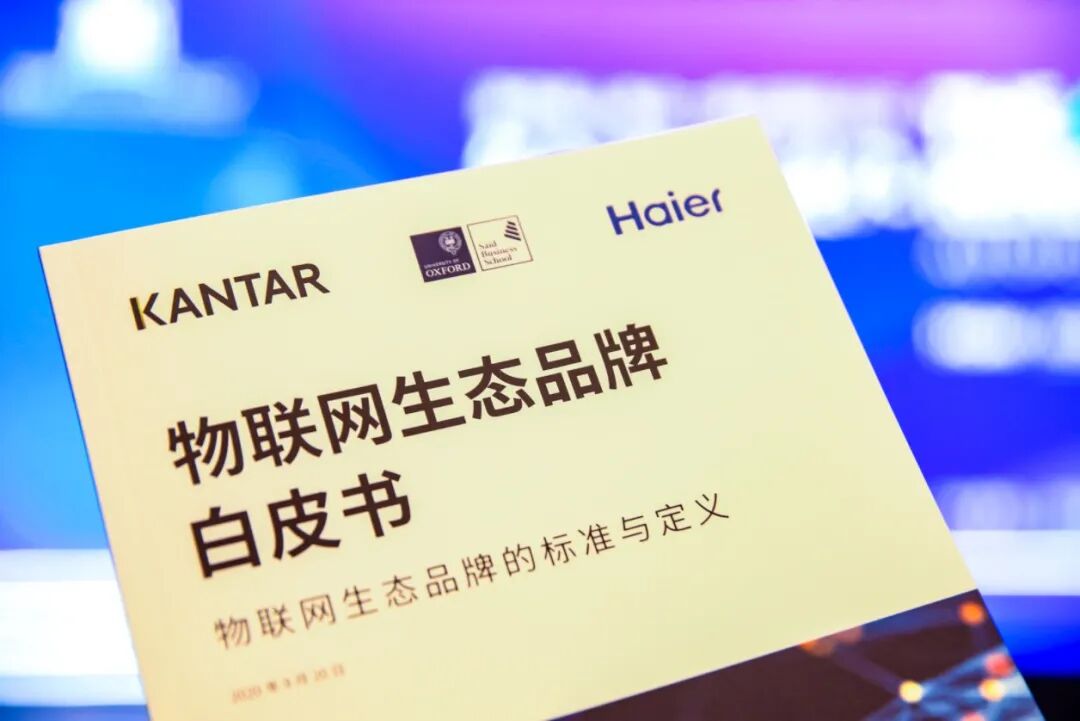
Because users’ scenario experience needs cannot be met by a single enterprise or industry, the emergence of the IoT ecological brand, a brand new paradigm, can accelerate cross-border innovation and resource sharing, attracting resources to join the open ecology through cross-enterprise and cross-industry collaboration, enabling ecological empowerment in the process of co-creation and sharing, thus providing the soil for various innovative shared economic models.
For example, around clothing care, Haier has evolved from initially providing clothing washing and care to offering multi-terminal collaborative solutions for dressing scenarios, gathering over 5,300 leading resource providers from 15 industries, including clothing, home textiles, laundry detergent, and leather, to provide users with smart solutions for the entire lifecycle of clothing, including washing, care, storage, matching, purchasing, and even recycling, thus upgrading to a clothing internet ecological brand.
Beyond the clothing internet, Haier has also integrated open ecological resources to create sub-ecological brands such as air networks, water networks, and entertainment networks, focusing on comprehensive health and smart services for users.
In the food internet, Haier has integrated global culinary research institute ecological resources to build a smart kitchen ecological platform, covering 12 categories, including home decoration, food, health, logistics, and entertainment, with nearly a thousand ecological resource providers, offering users customized recipes and food delivery as iterative services.
In response to user needs, various ecological resource providers flock together to co-create and co-evolve, thus evolving into a rich ecosystem where ecological resources are increasingly abundant, and new species continuously emerge. At the same time, all parties within the ecosystem gain a sense of self-fulfillment in the entire process of “creating value, delivering value, and sharing value,” thus coexisting and prospering with the ecosystem, continuously creating new value.
Zhang Ruimin often refers to the book “Finite and Infinite Games” by NYU professor James P. Carse, which states: “There are two types of games in this world: finite games and infinite games. The purpose of finite games is to win, and they have boundaries, with a clear beginning and end; infinite games, on the other hand, have no boundaries, and their purpose is to achieve longer life and self-control.”
The IoT ecological brand is an infinite game. It allows enterprises to become a business ecosystem that thrives like the Amazon rainforest, rather than a walled garden.
-
Human Value Always Comes First
The conclusion of the White Paper states that the unique secret to creating this beautiful new world of IoT ecological brands is its commitment to maximizing “human value.” Here, “human” refers broadly to brand users and partners, as well as employees and the wider society.
Internally, creating an ecological brand means reshaping the organization: employee roles shift from workers to partners; organizational structures transition from hierarchical to networked; management models evolve from control to empowerment; and incentive mechanisms change from employees doing work and enterprises paying salaries to co-creation and shared benefits.
This aligns perfectly with Haier. Behind Haier’s 36 years of continuous strategic iteration, in addition to the main line of forward-looking business layout based on future trends, there is another easily overlooked main line: always focusing on “human value first.”
During the brand strategy phase, Haier believed that “high-quality products come from high-quality people”; in the diversification strategy phase, it adhered to the principle of “activating people before activating assets”; in the internationalization strategy phase, it emphasized “to create an international brand, one must first create international people”; in the globalization brand strategy phase, it focused on “using Haier people’s localization to create global local brands”; and in the networking strategy phase, it aimed at “creating user experience scenarios through chain groups.”
As Zhang Ruimin stated, regardless of which country, nation, or enterprise in the world, one commonality is that everyone wants to realize their value.
Based on this, he proposed the Human-Unit Integration Model in 2005. “Human” refers to employees, and “Unit” refers to user value. The Human-Unit Integration Model allows enterprises to decentralize decision-making, employment, and distribution rights, stimulating the maximum potential of every employee, enabling them to realize their value in creating user value, thus fully unleashing human potential and ultimately achieving the unity of employee value and the user value created.
Behind Haier Group’s leadership in the IoT ecological brand is its significant innovation in organizational management, which is unmatched by other enterprises.
In the opening speech of the International Forum on the Human-Unit Integration Model on September 20, the globally renowned management master Gary Hamel highly praised Haier Group for this point. He believes that organizational innovation has stagnated for nearly 60 years, primarily based on traditional hierarchical theory, which is “new wine in old bottles,” while Haier’s Human-Unit Integration Model and IoT ecological brand practice represent the most successful practice of viewing people as ends rather than means, empowering employees to become entrepreneurs with decision-making power, and creating a future-oriented cross-border organization.
When we observe from the three underlying logics mentioned above, we may gain a clearer understanding of why Haier is so determined to transform into an IoT ecological brand.
3
As one of the oldest enterprises in China, Haier was born in a highly competitive industry. It has not only experienced almost all core propositions in business fields such as branding, diversification, globalization, and digitalization but has also traversed multiple economic cycles. Its spirit of “self-awareness” is the reason it can still maintain vitality and vigor today.
Regarding the IoT ecological brand strategy, Haier evolves its business model based on the changing trends of the IoT era, ensuring the continuation of the “infinite game” for sustainable development, and innovates its organization with a focus on human value, which is universally applicable to most enterprises in the IoT era.
The release of the “IoT Ecological Brand White Paper” is, in fact, a measuring stick for global enterprises to assess themselves and their industries, as well as a key to unlocking the IoT era.
Recommended purchase: “Civilization, Modernization, Value Investment, and China”
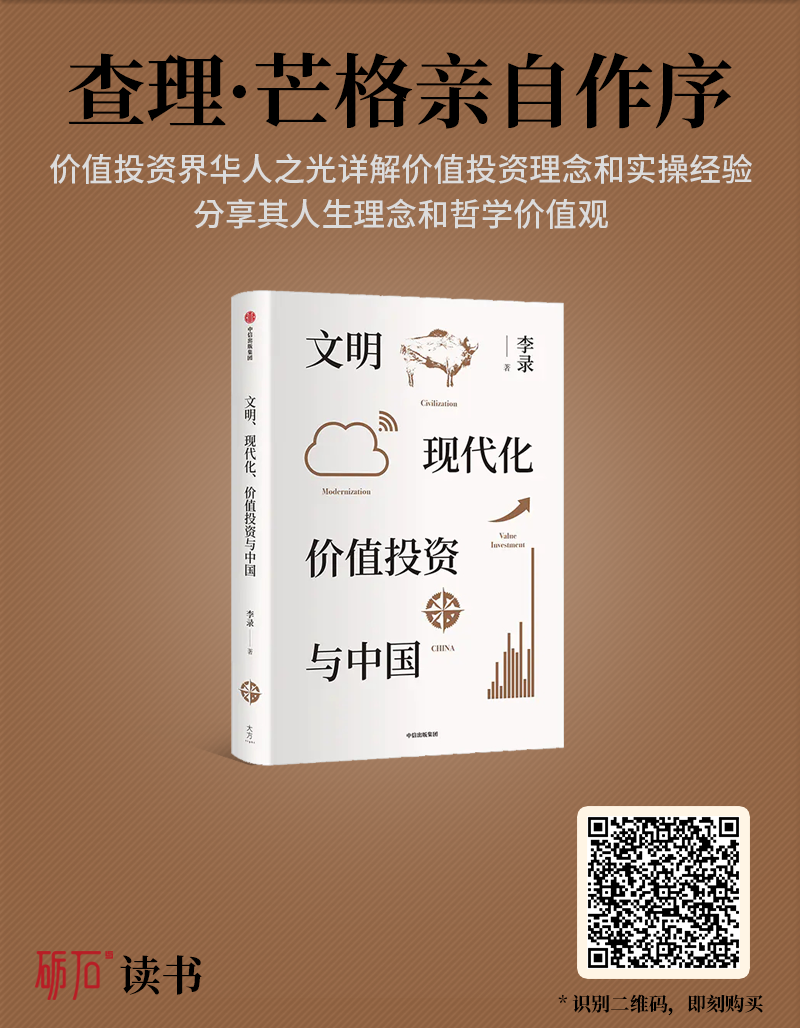
Brand Communication | Corporate Interviews | Submission CooperationPlease add WeChat 18514460011
Recommended to follow “Lishi Business Review”
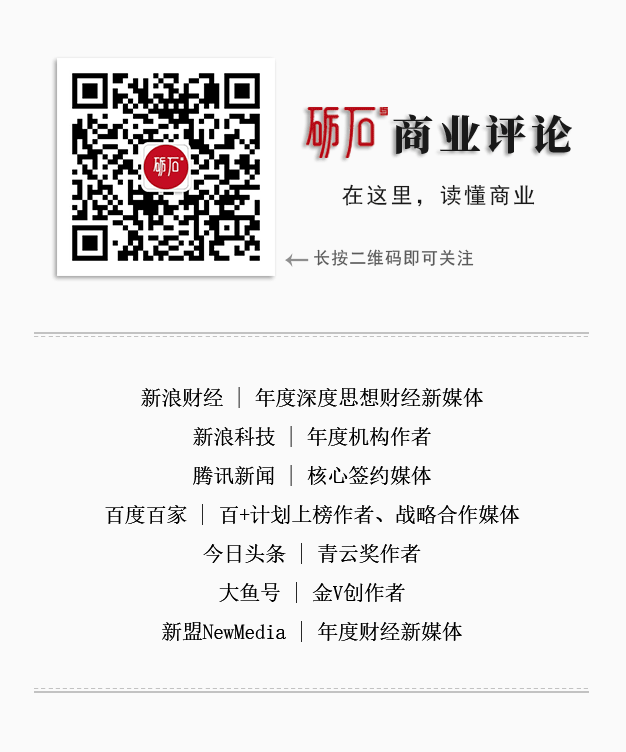
▼ Click“Read the original” to purchase more global business classics.